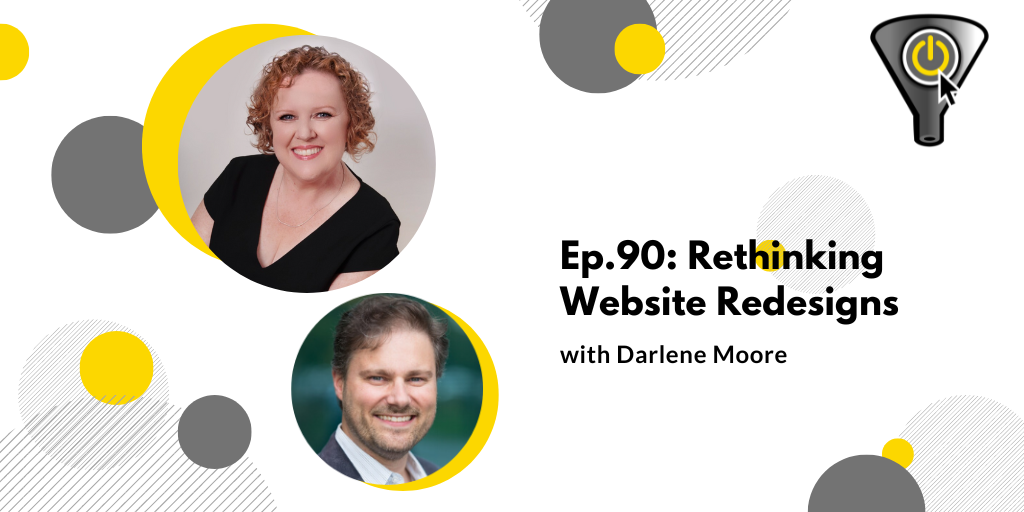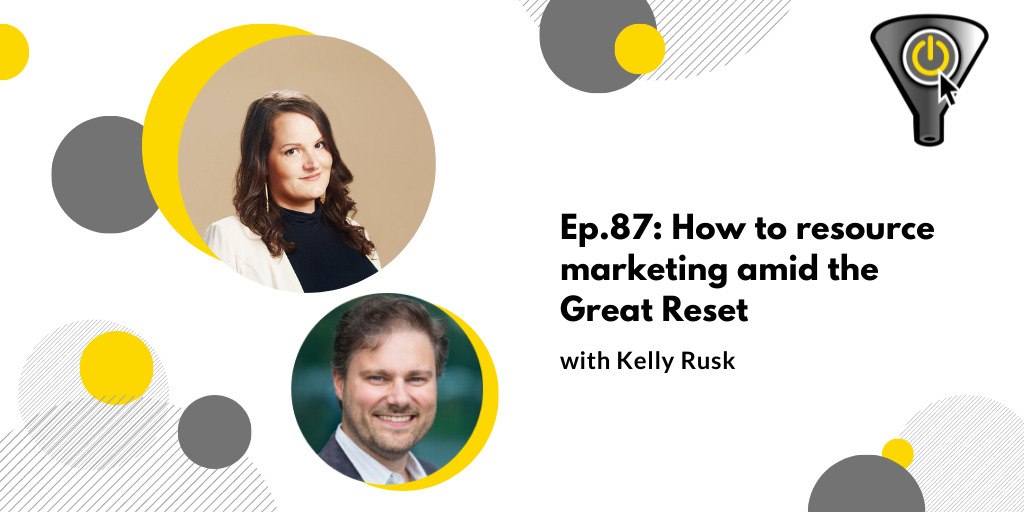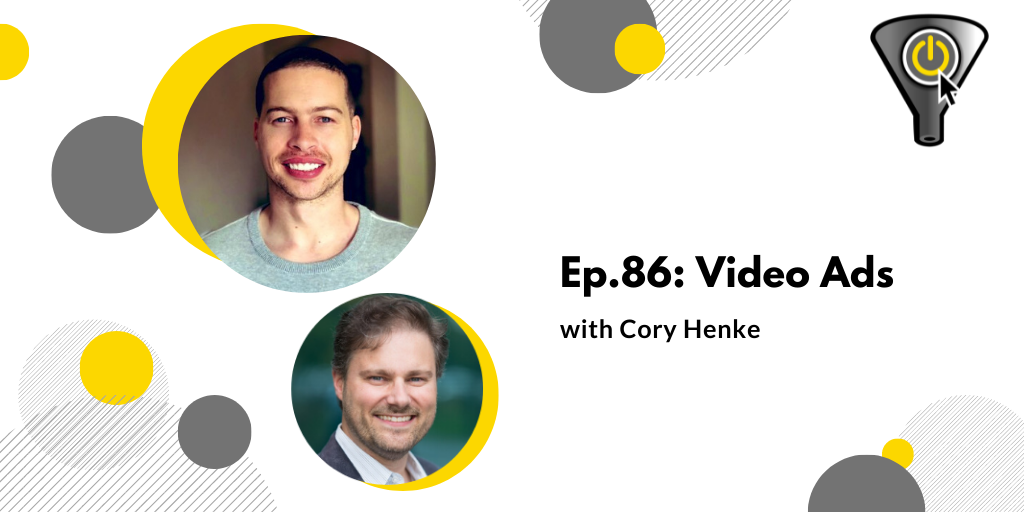In its raw form, data’s not worth much. If refined and put together with other data, it can be worth a lot. Here are well-known brands that built their value by creating a useful visual experience out of user-generated data:
- Notable Examples:
- Glassdoor
- Nest
- Zapier
- Mint
- Robinhood
- Ancestry
- GoodReads
This episode’s guest will help us see what is possible once you have data in your hands. Eric Boissonneault grew up loving numbers, but it wasn’t until he saw a Hollywood movie about card players at age 16, that he knew how he would apply his skill. He taught himself poker and methodically played this ‘game of chance’ so well that He became a professional player through his years at University du Quebec à Montreal and beyond.
After cashing his poker chips in, he wanted to show the business world how they could look at the data they have on-hand as the basis for decisions. In 2020 he founded data consulting company Systematik to help businesses untangle, collect, visualize and understand their data.
Listen in this episode for Eric’s explanation of how you can put a unique transformation or twist on the data you already have, and even make an application that monetizes the data.
People/Products/Concepts Mentioned in Show
How fast will you hit Google Sheets 5-million cell limit? If you have a spreadsheet with 5 tabs and each tab fills columns A to CW, and there is 10000 rows of data in each tab. It happens faster than you think.










